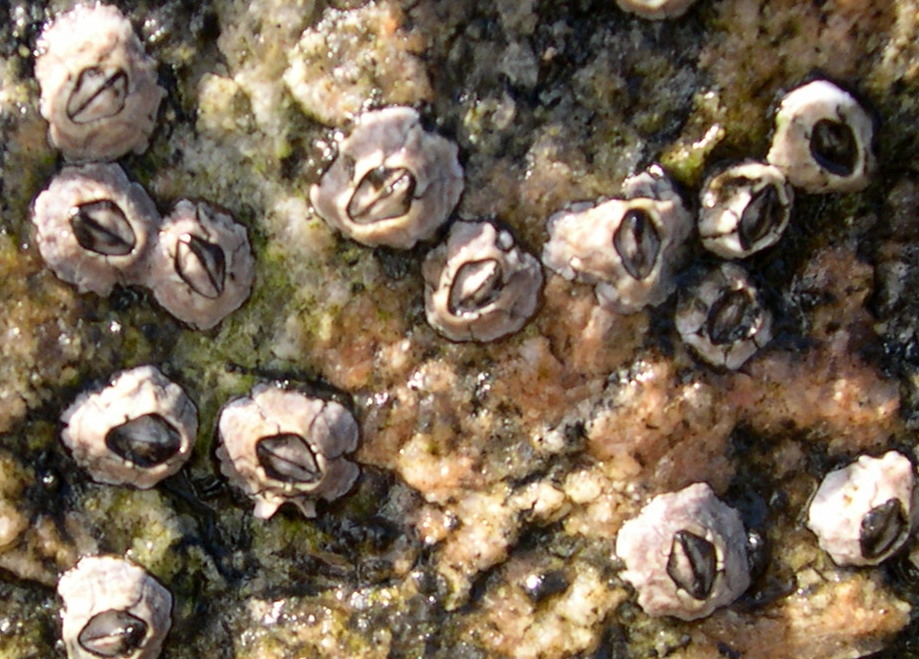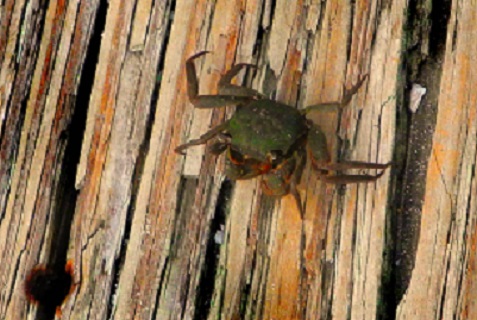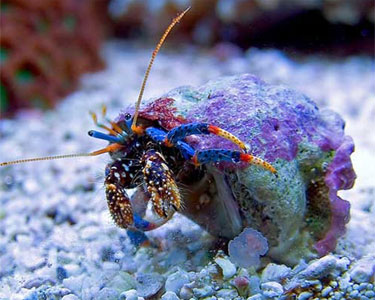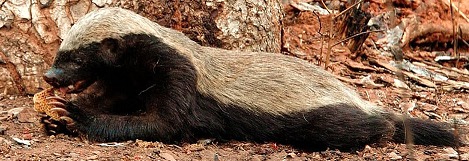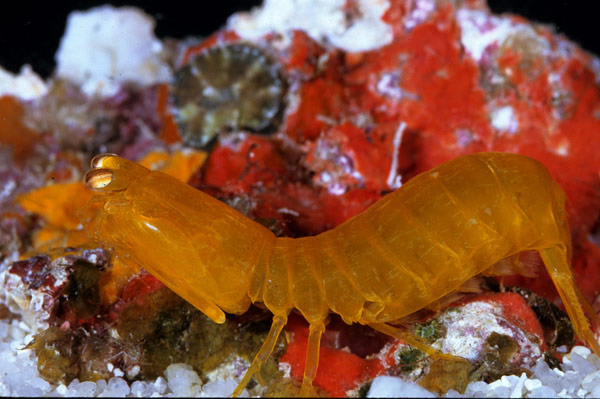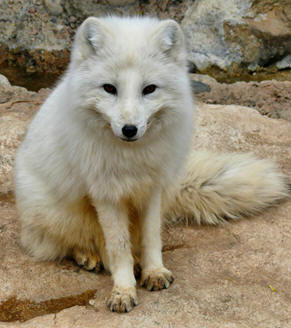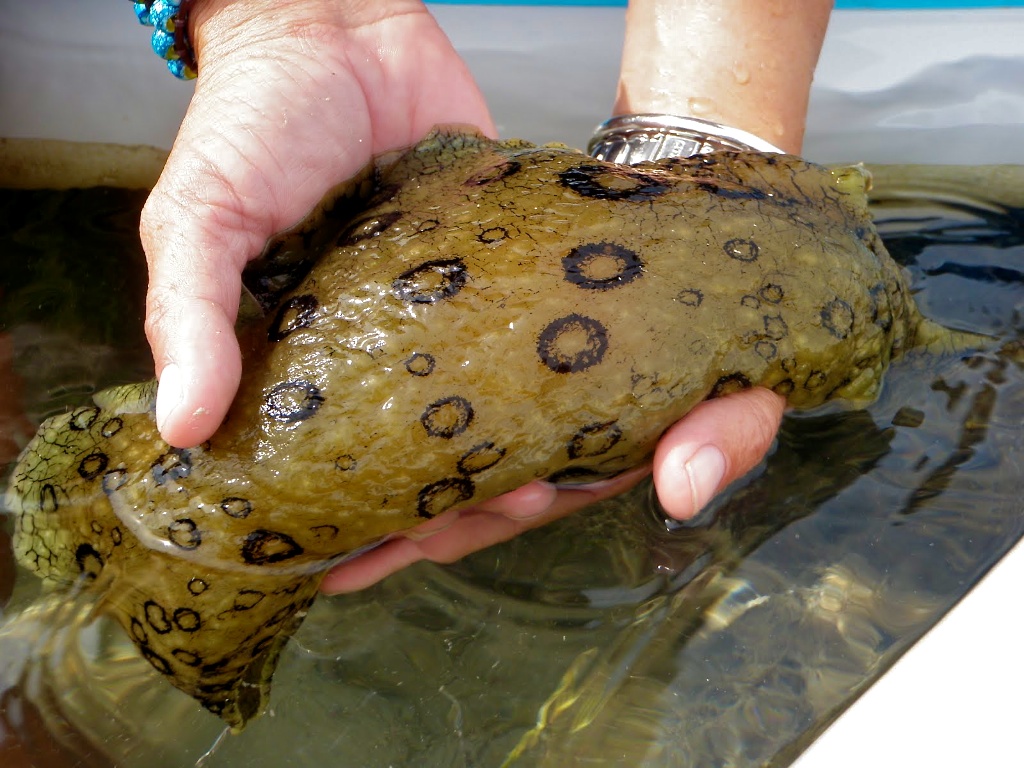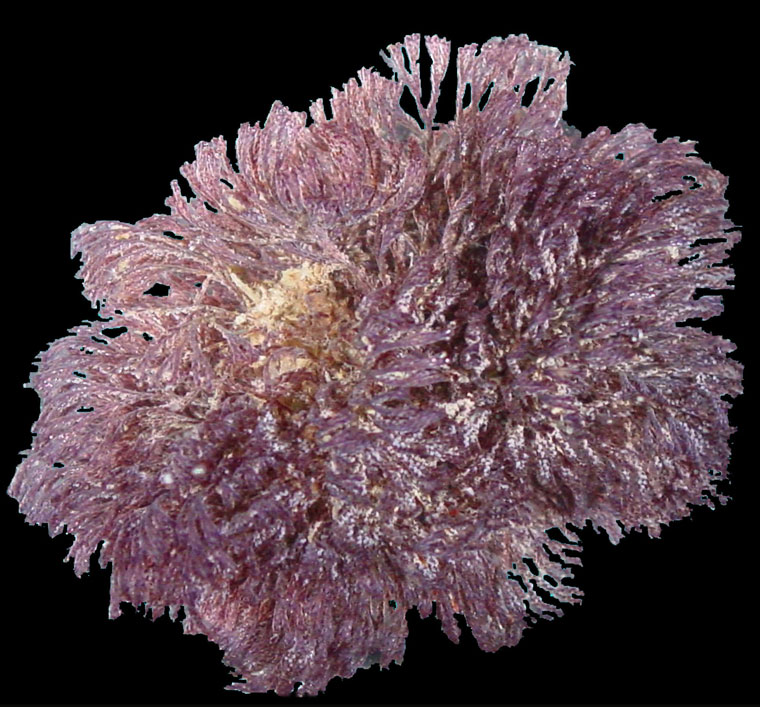Gallery
In this gallery, we would like to take time to highlight some of the other mangrove organisms that other students have researched.
The Chthamalus fragilis is an arthropod commonly known as “The Little Gray Barnacle”. To learn more about this organism, go to https://bioweb.uwlax.edu/bio203/s2014/buttke_luka/.
This next organism is Aratus Pisonii, and is referred to as the Mangrove Tree Crab. It is the only crab found in its genus. You can find additional information on this creature by visiting https://bioweb.uwlax.edu/bio203/s2014/case_zac2/.
Next up is the Clibanarius tricolor. This is a hermit crab that goes by multiple common names, and is definitely a sight for sore eyes. To catch a glimpse of this unique Mangrove hermit crab, check out https://bioweb.uwlax.edu/bio203/s2014/meinholz_spen/.
Mellivora capensis is true competitor in its habitat. You probably know this organism as the honey badger. To see videos, pictures, and more visit https://bioweb.uwlax.edu/bio203/s2014/scheidt_mich/.
Pseudosquilla ciliate, while it may look like your average crayfish, is so much more. It has unique mating techniques and is highly aggressive. To find out more about these shallow water dwellers visit https://bioweb.uwlax.edu/bio203/s2014/wiegand_alex/.
The following organisms, while very unique, are from all over the world-not just mangrove swamps.
If you are looking for a
beautiful creature, look no further than the
Alopex lagopus. You probably
know this organism as the arctic fox. This is a suitable name, as this
white fox is normally found the arctic and tundra regions of the world.
To find out more, check out
https://bioweb.uwlax.edu/bio203/s2014/oconnor_keir/.
This next organism happens to also be an artic dweller. The Odobenus rosmarus is better known as the Walrus. If these creatures fascinate you, be sure to check them out at https://bioweb.uwlax.edu/bio203/s2014/taake_sara/.
In case you were wondering, there is a rabbit of
the sea! Scientists call it
Aplysia dactylomela, but you can just call it the spotted sea hare.
This organism is found in all sorts of tropical waters, and you can find
more information on it at
https://bioweb.uwlax.edu/bio203/s2014/wilson_ange/.
Eurytides Marcellus, or the Zebra Swallowtail Butterfly, are throughout the U.S. Paw paw trees provide these beautiful arthropods with necessary nutrients. If you are curious about this organism, visit https://bioweb.uwlax.edu/bio203/s2014/vanburen_sama/habitat.htm.
Bugula neritina is a potentially priceless creature. It does not have a common name, but it is an aquatic bryozoan. To find out if this organism may be the cure for cancer, go to https://bioweb.uwlax.edu/bio203/s2014/gagas_aman/facts.htm.

